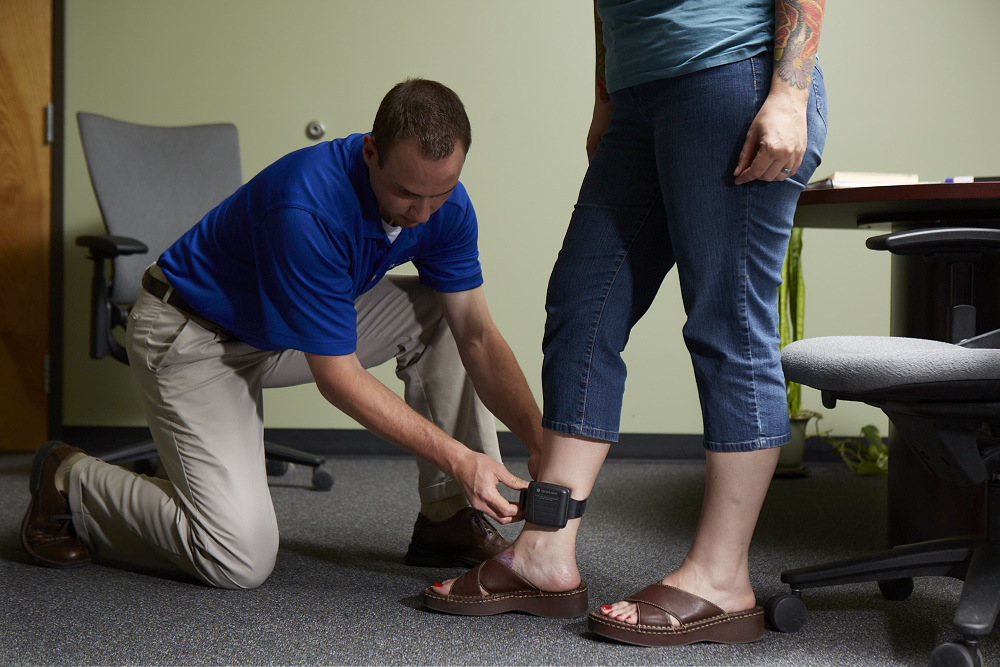At some point, you might have noticed some fancy-looking tech device strapped to the ankle of a neighbour or a passenger on the train. The device, which could resemble Apple’s latest prototype for a smart glider, though revolutionary, is far from lifting you off the ground.
What is SCRAM?
The Secure Continuous Remote Alcohol Monitor (SCRAM) bracelet has continued to become more popular since its introduction to the UK in 2012. SCRAM helps law enforcement agencies and courts monitor a user’s alcohol intake transdermally. For example, if someone is found guilty of a crime involving drugs or alcohol -like a DUI- a judge could impose strict restrictions forbidding them from consuming alcohol for a period of time.
The individual could be placed under probation for 30 days, and since a court officer can’t follow them around, there has to be a way to ensure they obey the court ruling. This is where SCRAM comes in; some people call it Transdermal Alcohol Monitoring Device. The device has many names, and could often be referred to as TAD or CAD (Continuous Alcohol Device).
The Origin of Transdermal Testing
Transdermal, which is the biological term for “through the skin,” suggests that the device assesses skin secretions such as sweat, to determine what substances are present in a person’s body. While a TAD can’t guess what you had for lunch, it is a good indicator for the presence of alcohol, cannabis and other illicit substances.
Transdermal testing technology has existed for a long time, considering scientists have been testing alcohol secretions through the skin since the 1920s. The science was comprehensively tested, and in 1985, researchers at Indiana University School of Medicine published studies that showed how volatile substances moved through the skin and were released through sweat.
How Remote Transdermal Alcohol Testing Works
The SCRAM bracelet, which is among the most common TAD devices, takes a sample of skin emission every half hour throughout the day. As is usually observed, the device is attached to the individual’s ankle, and every 30 minutes a small air pump retreives an emission sample and tests its components.
A SCRAM may look like a home monitoring device, but it does not track a person’s exact location, and the police are not going to descend on you the moment you take a whiff of alcohol. Instead, the bracelet must be synced up with a wireless router that conveys the recorded information to the respective authorities. The usual time for sending data is between 3am and 5am in the morning because the user is most likely asleep in their home where the router is stationed.
Tricking the Device? No Way.
There are heavy violations that come with tampering with the device, like trying to take it off which isn’t as simple as a watch clasp. And using a saw only makes things worse.
Some people have suggested beating transdermal testing by placing a paper or cloth over your skin. While this sounds quite plausible, the data will record “zero reading” which automatically raises red flags and will only exacerbate the outcome of your probation.
Article Submitted on behalf of drugrehab-shropshire.uk and alcoholrehab-shropshire.uk









